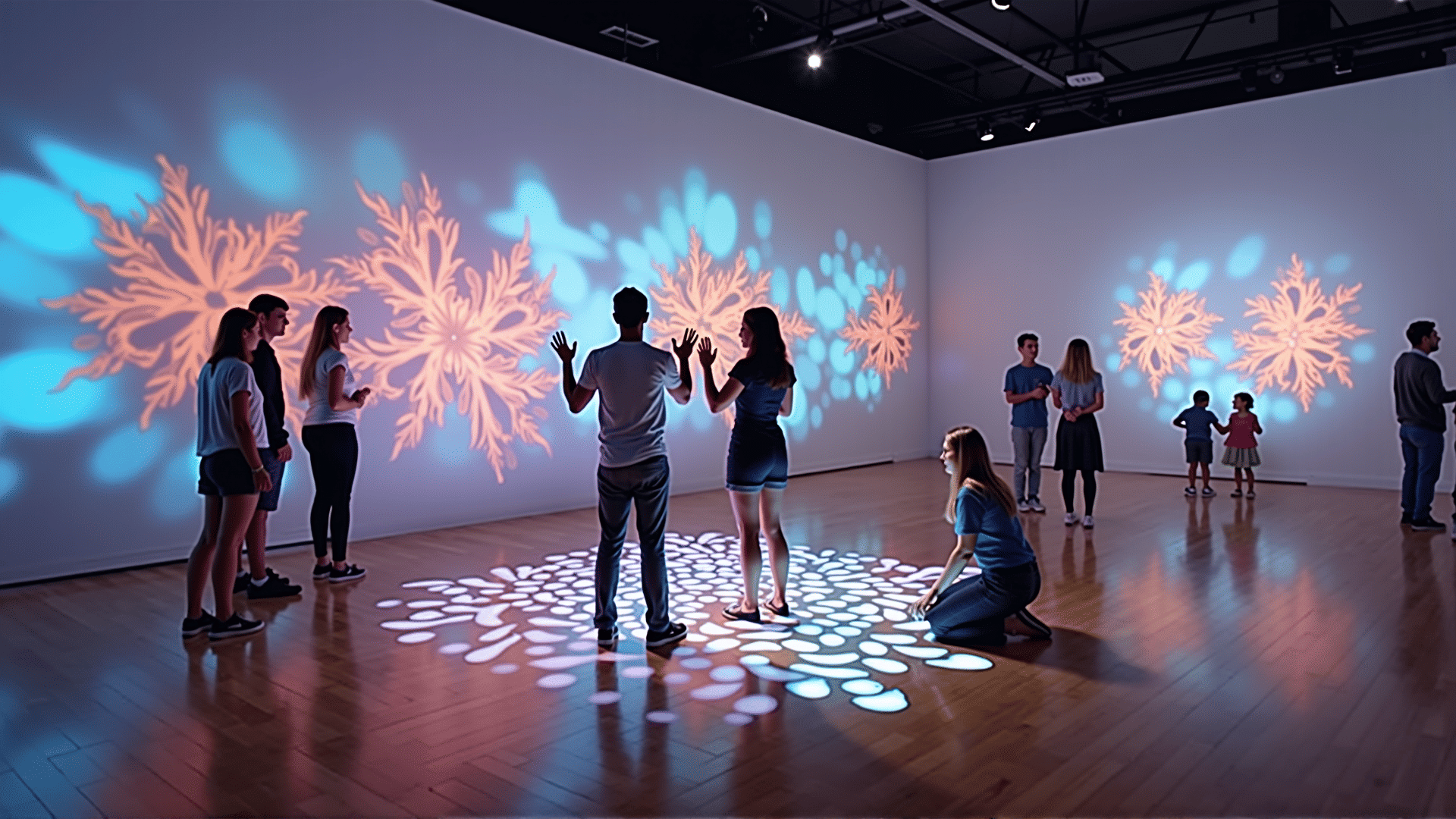In recent years, the art world has witnessed a significant transformation with the advent of interactive art exhibits that challenge the traditional boundaries between the observer and the artwork. These exhibits invite audiences to engage with art on a more personal and immersive level, creating experiences that are both memorable and thought-provoking. By merging technology and creativity, interactive art exhibits are revolutionizing the way we perceive and appreciate art, making it more accessible and inclusive for everyone.
One of the key elements of interactive art is its ability to break the fourth wall, allowing viewers to become active participants rather than passive observers. This is achieved through a variety of innovative techniques, such as augmented reality, virtual reality, motion sensors, and touch-responsive installations. These technologies enable artists to create dynamic environments that respond to the presence and actions of the audience, making each interaction unique.
For example, museums and galleries worldwide are now featuring installations that change and evolve based on audience input. Imagine walking into a room where the walls come alive with images that morph and shift as you move closer, or a soundscape that changes its rhythm in response to the number of visitors in the room. These interactive elements not only captivate the senses but also provoke curiosity and encourage deeper reflection on the nature of art itself.
Interactive art exhibits also provide a platform for storytelling that is both engaging and educational. By allowing visitors to explore themes and narratives at their own pace, these exhibits can communicate complex ideas in an accessible and impactful way. Whether it's an installation that addresses environmental issues or one that celebrates cultural diversity, interactive art bridges the gap between artist and audience, fostering a dialogue that transcends language and cultural barriers.
Moreover, the integration of technology in art opens up new possibilities for collaboration across disciplines. Artists now frequently partner with programmers, engineers, and designers to create multi-sensory experiences that push the limits of what is possible in the art world. This fusion of expertise results in exhibits that are not only visually stunning but also intellectually stimulating, blending science and art in ways that inspire innovation and creativity.
Furthermore, interactive art exhibits can encourage a broader audience to engage with art. Traditional art spaces can sometimes feel intimidating or exclusive, but interactive exhibits invite people of all ages and backgrounds to participate and explore. This inclusivity helps to democratize art, making it more accessible to those who might not usually visit galleries or museums.
In conclusion, interactive art exhibits represent a thrilling evolution in the world of art, offering experiences that are as enriching as they are entertaining. By harnessing the power of technology, these exhibits provide new ways for audiences to connect with art and each other, challenging preconceived notions and sparking the imagination. As this field continues to grow and evolve, it promises to further blur the lines between art, technology, and human experience, heralding an exciting future where art is a shared journey that everyone can enjoy.
